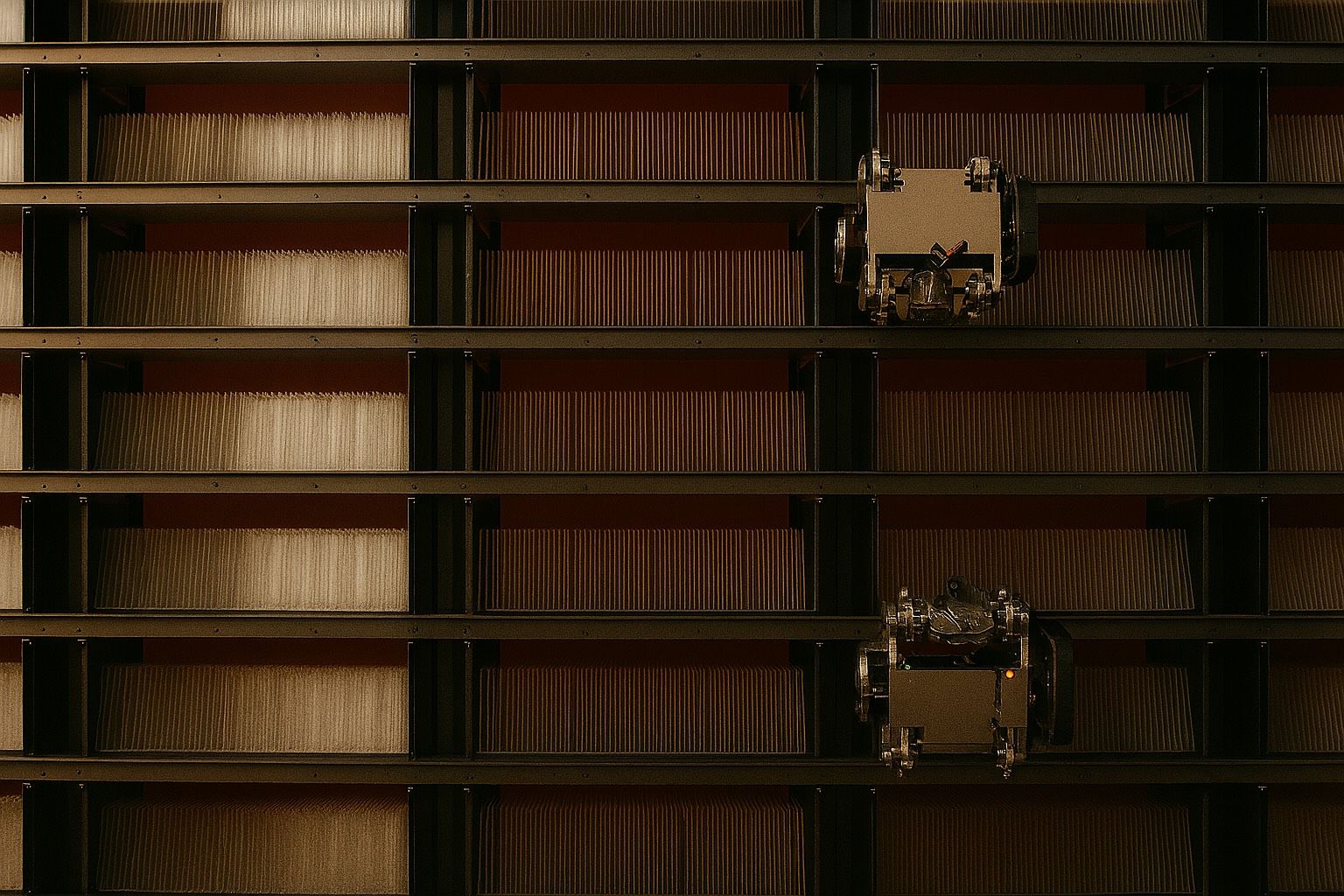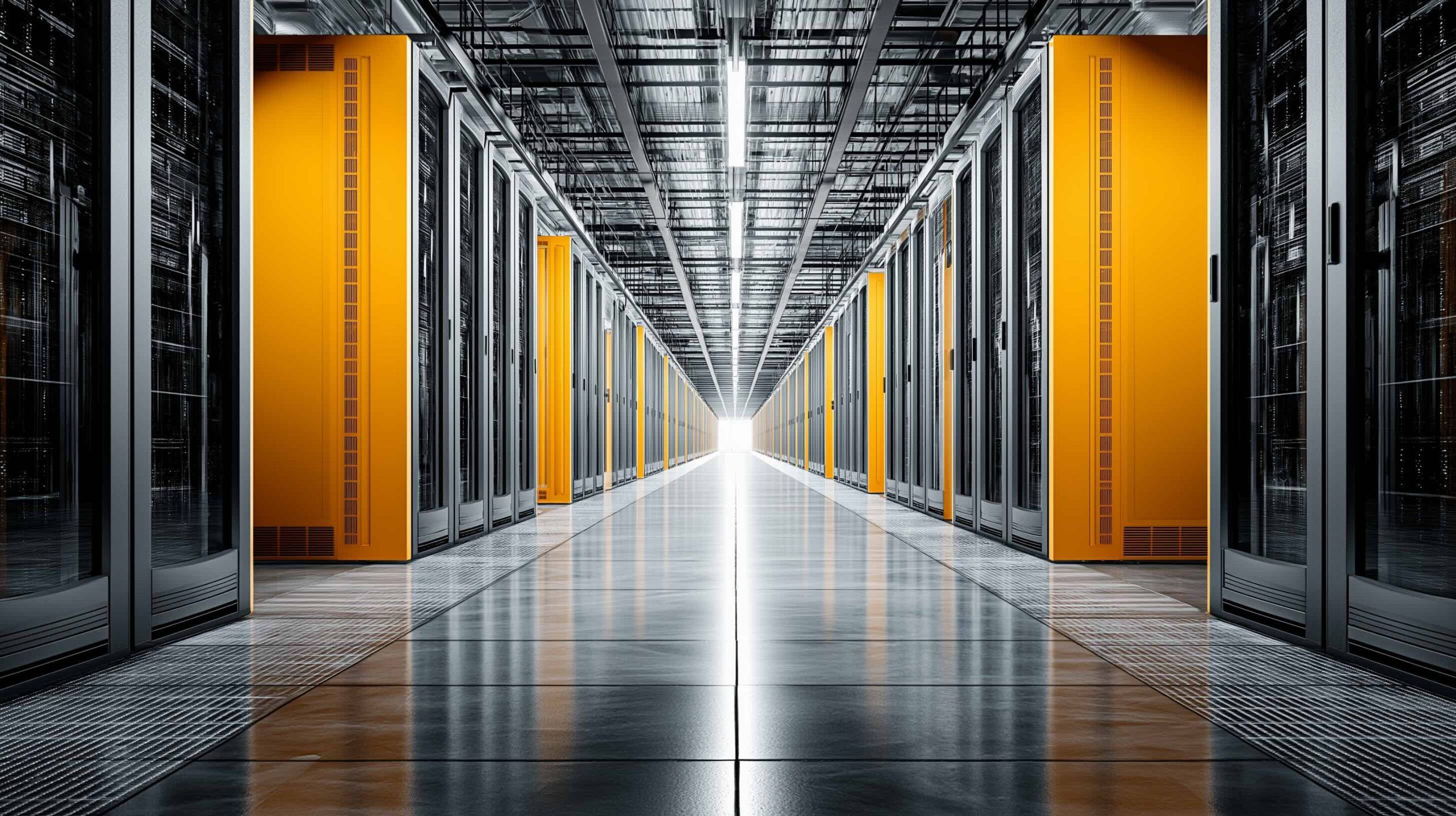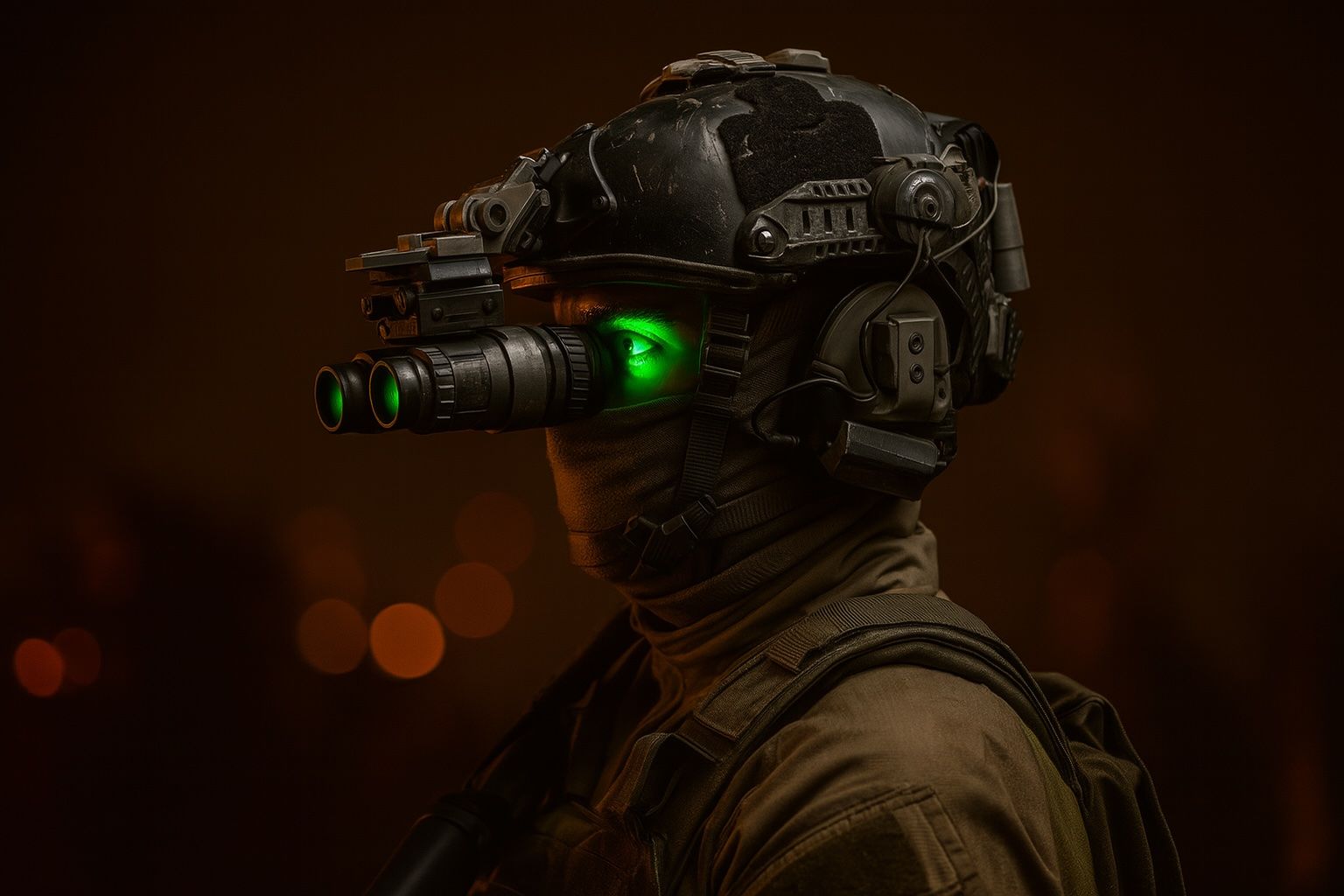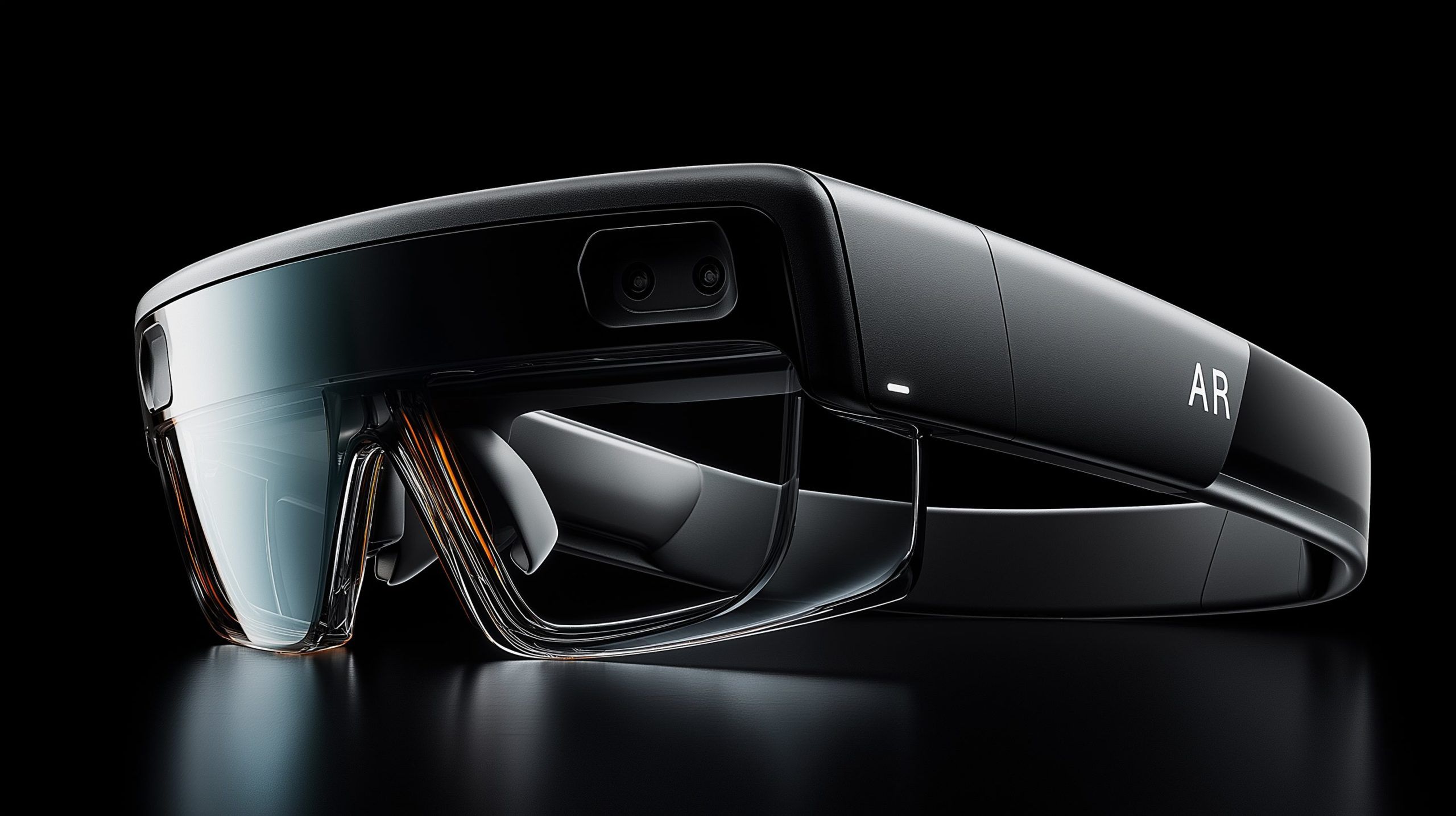
AI Just Changed Forever – Here’s Everything That Happened in the Last 48 Hours
Major AI Product Launches & Updates (Aug 7–8, 2025) Corporate Moves, Funding Frenzy & Executive Shakeups Breakthroughs in AI Research & Innovation Government & Legal Developments in AI AI Ethics, Safety & Society: Key Debates of the Week Sources: OpenAI










